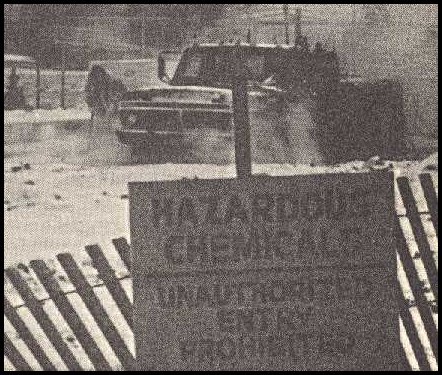 | 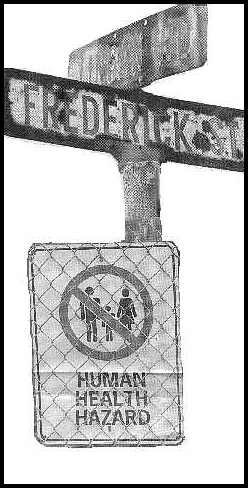 |
|
| LOVE CANAL, New York | FREDERICK STREET, Nova Scotia |
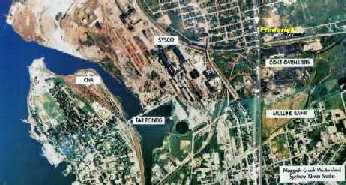
 |  |
|
| LOVE CANAL, New York | FREDERICK STREET, Nova Scotia |
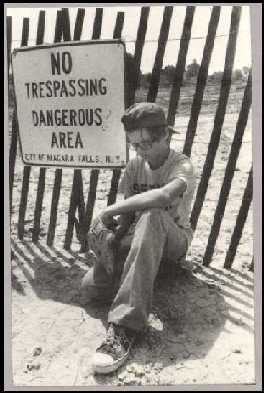 |
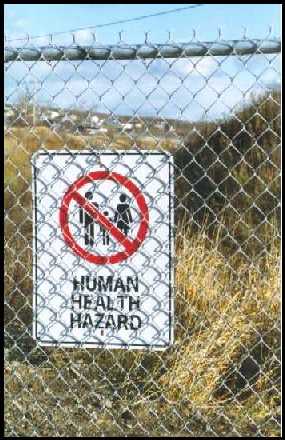 |
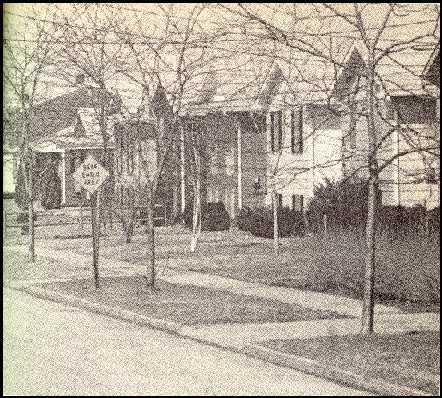 |
 |
| Excerpts from the book: LOVE CANAL: My Story by Lois Gibbs as told to Murray Levine Murray Levine, Director, Clinical/Community Psychology Program SUNY at Buffalo From the Introduction (xvi)In the fight for her home and children, Lois Gibbs was fighting for the safety and health of millions of other homes and families. Her story should be told because, in relating the story of her personal fight, Lois can instruct the rest of us about fundamental issues and problems that arise in the relationship between citizens and government, between citizens and experts, and between citizens and corporations. There is, however a third reason for Lois Gibbs telling her story: the story of the inner meanings and feelings of humans, a story told from the perspective of one human being, provides a necessary and powerful antidote to the moral illness of those cynics and their professional robots who speak the inhuman language of benefit-cost ratios, who speak of the threat of congenital deformities or cancers as acceptable risks. (p.28)"I was learning that you can't trust government to look out for your interests. If you insist to government officials strongly enough, they might do the right thing. The Niagara County Health Department and other government officials had known about the pollution problem at Love Canal for a long time but had ignored it. Maybe it was the state's fiscal deficits or the blizzard of 1977. Whatever the reason, it was ignored, and the public's health was thereby jeopardized. (p.31)"I had a list of fifty questions, but all I got was engineering jargon and political answers that made no sense. 'Well, we're going to check on that....' 'According to the data available...." 'We are going to evaluate that at a later date....' 'We're doing more studies....' 'We haven't got everything completed yet....' 'You're going to have to be patient....' ... they were telling us then needed to study the problem some more." (p.42)Mayor Michael O'Laughlin of Niagara Falls was on the school grounds but he said nothing. Later on, he blamed us for hurting tourism in Niagara Falls..." (p.44)"Well, I would learn that a lot of important people don't deserve the respect they get. Some are not honest and some do not care." (p.56)"After talking to her (Cora Hoffman) for awhile, I began thinking about how bureaucrats work. Mike Cuddy, the on-site coordinator for the state's task force, was h hard-nosed but competent. We pay the salaries of people like Cora Hoffman and Mike Cuddy. We put them in office -- at least, indirectly. They're supposed to be working for us. But they were treating us as if we were an inconvenience or the enemy or small children they didn't have to explain anything to. It was strange. I never thought government worked like that. I thought that if you had a complaint, you went to the right person in the government, and if there were a way to solve the problem or alleviate it, that they would be glad to do it. I was to learn differently. (p.59)"They offered no answers, no useful information. The residents' confidence was shaken time and again. They didn't trust the safety plan or the construction plan or the health department officials. People were more frustrated when they left than when they arrived." (p.64)"We were talking about people's lives, and they were playing political and bureaucratic games." (p.68)"One woman on 102d Street had a positive air reading in her basement. She asked the health department what she should do. They said her reading was high and told her not to stay in the he basement. 'Just throw the laundry in and come right back up. Don't spend any time down there.' Two people in that house had epilepsy and two had asthma. She had gynecological problems. I don't know how they expected her to feel. Did they think it would make her feel safer when they told her not to use the basement in her own home?" (p.82)"It's hard to explain something you don't understand. But we should have expected it. To this day, I haven't learned to anticipate the duplicity of government officials. They say one thing and then do something else. I still haven't accepted that, and , in a way, I hope I never do. I want to think I can trust my government. That's the way I was taught, and that's the way it's supposed to be. It was so sad. Here was proof. Here was evidence. How could they discard it without even investigating? You would think that if they really cared about people's health, they would have said: "Thank you very much for bringing this to our attention. We will look into it carefully." But they didn't. Instead, they put it - and us - down. They attacked the credibility of a damned good scientist, Dr. Paigen, with that crack about housewife data. That is simply wrong." (p.84)"The state officials don't understand much about communicating with citizens. You can guess what happened. A few days later, there were stories in the newspapers speculating that dioxin had been found. The state said they weren't really sure, or that it was just a rumor. A few weeks later, they announced that there was dioxin in the canal. That seemed to be the way it always happened: somebody raised a question or a problem, and the authorities said it couldn't be, that there was nothing to worry about; then, a little while later, it turned out to be true. In the case of dioxin, what they said not to worry about, happened. After this, no one believed the state about anything." (p.84)"Many residents were upset because the government had just spent $8 million to bring bodies back from Guyana. ... But here we sat, being exposed to Lord-knows-what, getting sick and dying. ... It was very difficult to understand why the federal government would deliberately ignore us." (p.117)"The city ignored us. the mayor wasn't even willing to admit there was a problem at Love Canal." (p.118)"I spoke about New York State's conflict of interest in conducting studies when certain outcomes could cost them money. I described the lacks in their studies and I emphasized their insensitivity to the people." 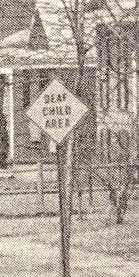 (p.121)"Deaf Child Area - a sign in the Love Canal neighborhood indicates one of many kinds of birth defects resulting from contamination. [Courtesy, Niagara Gazette, photo by John Kudla] (p.121)"Deaf Child Area - a sign in the Love Canal neighborhood indicates one of many kinds of birth defects resulting from contamination. [Courtesy, Niagara Gazette, photo by John Kudla]
(p.141)"Dr. Paigen had been harassed by the New York State Health Department because she was involved in the Love Canal problem. David Axelrod delayed approval of a contract for her laboratory. He and others tried various ways to make it difficult for her to operate the lab. Because she was helping people and because she disagreed with official policy, she got into difficulty. What has happened to democracy? What has happened to our God-given rights? A good scientist like Beverly is harassed because she is doing something for the community. No wonder we had difficulty finding others to help." (p.144)"The family was shouting at an EPA official. The official went upstairs to tell them that their half-hour was up. They would have to leave because other people were waiting to talk to the doctor. The family was telling him to go to hell! They were going to talk to the doctor until all their questions are answered. It was just too bad about their schedule! Government officials are terribly insensitive! I wondered whether, if he were in that family's position, he would leave because his "time was up!" Some government people are so unfeeling. They are nothing but machines." (p.146)"In the early afternoon someone showed me a newspaper headline reading: WHITE HOUSE BLOCKS LOVE CANAL EVACUATIONS. Everyone around me was angry, upset cursing and swearing. A few began to cry, saying, 'What the hell do they need, dead bodies in the streets?' Everyone was sure we would be evacuated. The headline shocked us." |

![]()
